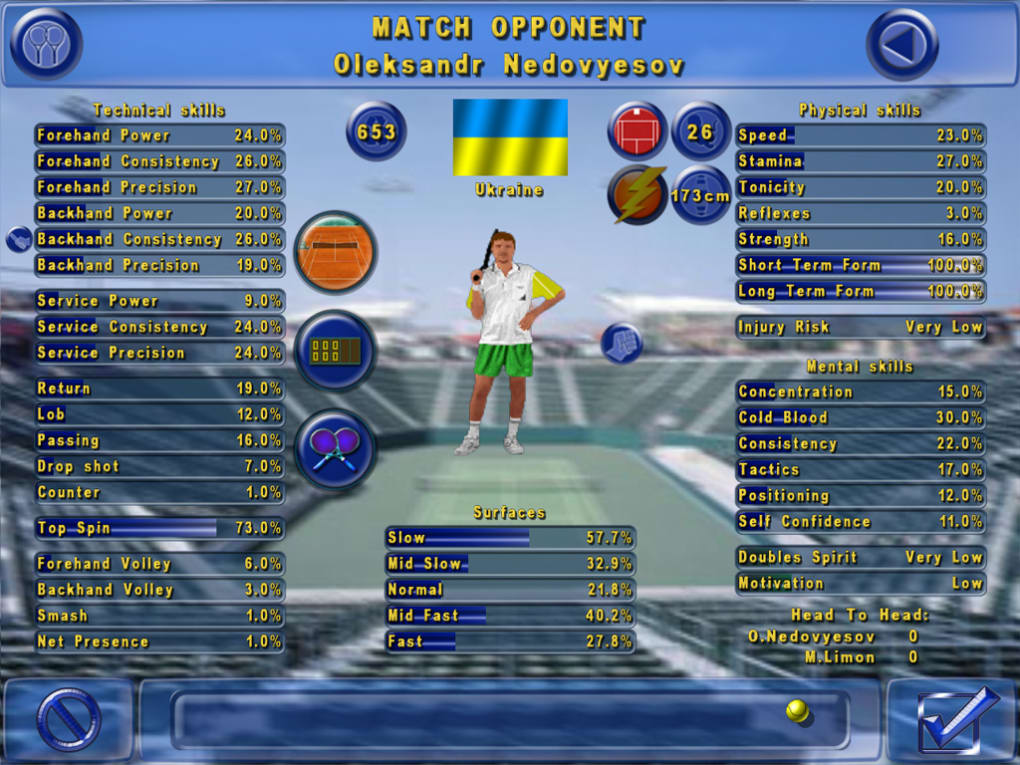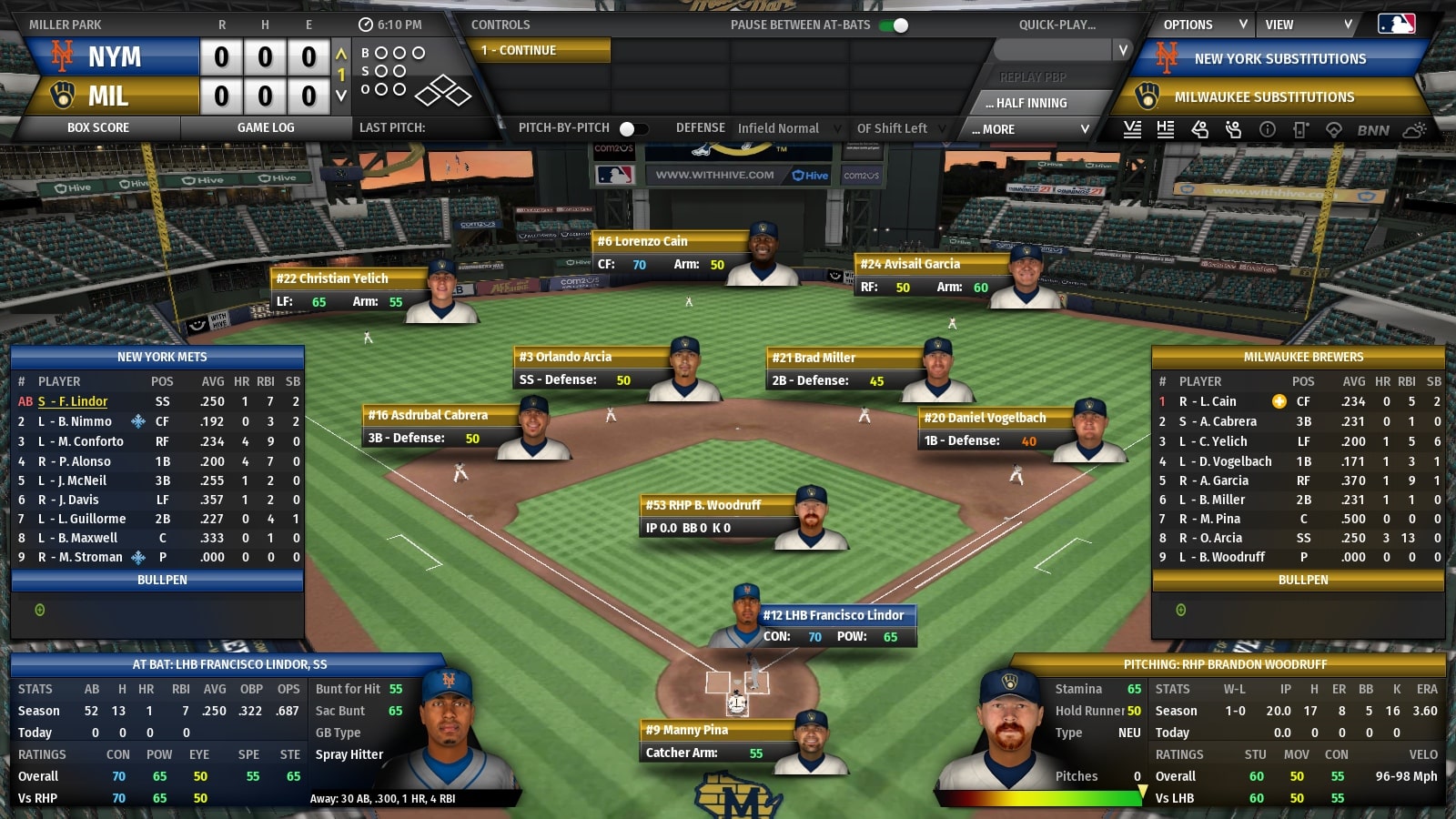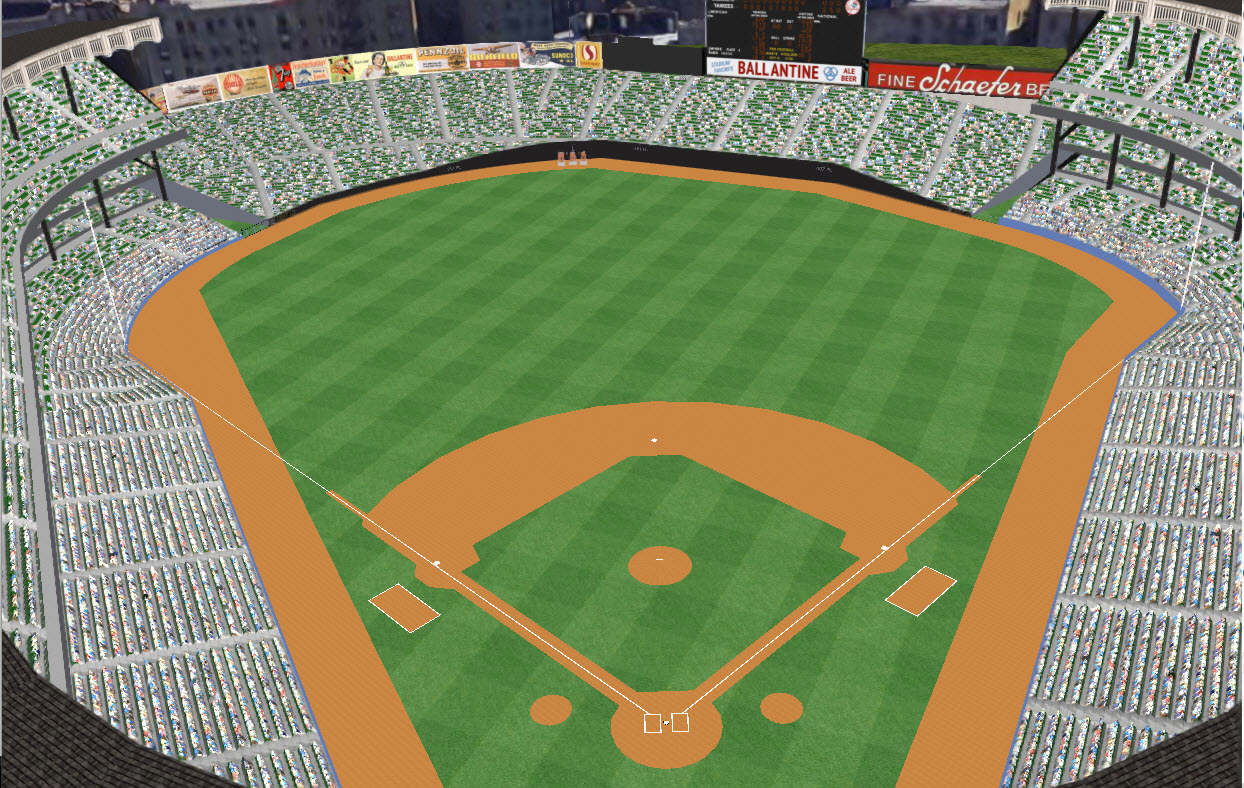Out of the Park Developments is the developer for the world’s best US sports management and simulation games. Out of the Park Developments is the developer for the world’s best US sports management and simulation games. You come into the game about a week before the start of the season (and yes the season started March 26, no Covid-19 in the OOTP Baseball work, which means, in that world, I’m still in Morocco). Want to register? Create an account in OOTP Baseball or FHM. You are here: OOTP Documentation Home HOME. OOTP 12; OOTP 13; OOTP 14; OOTP 15; OOTP 16; OOTP 17; OOTP 18; OOTP 19; OOTP 20; OOTP 21.
There are many fans. There are few fanatics.
Fans go to baseball games. Fanatics plan how they can get to every ballpark in the Carolina League, the Appalachian League or the American League.
Fans root for their team. Fanatics name their kids Jeter or Trout.
Fans know the highlights of their sport. They know who won the World Series last year. Fanaticism is Mark Simon remembering the last out of the past 60 World Series.
If you’re reading this, valued Baseball America reader, you are likely a fanatic.
It doesn’t take long to realize that the makers of Out of The Park Baseball are also fanatics. They very well may have lost touch with reality. They long ago lost their sense of proportion and balance. But if you’re a baseball fanatic, the developers of OOTP’s tenuous grip on reality is a wonderful boon for you.
Fire up this 20th edition of OOTP for the first time and the depth of the game immediately shocks you. As you would expect in a simulation baseball game, there are a variety of options that allow you to recreate the 2019 MLB season in as much or as little detail as one would like. If you want to be the manager and the general manager, you can. If you just want to be the manager and let the computer handle the roster while you just play some games (and let the computer simulate the rest) you can.
That’s to be expected. That’s the bare minimum that would be expected out of a sim game.
Note: You can be the manager or the GM, but you can not be the star player. It’s a simulation game. There’s no ability to try to time hitting a button to swing the bat and hit a pitch. And you can’t aim a pitch either. You tell the batter to hit and tell the pitcher to pitch, and the game handles the rest.
If you’re the general manager, you quickly discover that the depth included is far beyond what you may expect. The minutiae of roster rules are included—try to option to the minors a player who is out of options, and the game points out that you can’t do that. Instead, the player must be waived and designated for assignment, giving every other team an option to claim him. Sometimes he makes it through waivers and you can send him to Triple-A. At other times, he’s claimed and you lose the player.
Try to trade away an aging veteran with a big contract and the computer GMs in the game will offer you back aging veterans with big contracts. This game’s not dumb. The game will sometimes offer a silly trade to you as well, but you can just reject them or make a counter-offer.
The game understands the vagaries of the Rule 5 draft. It knows when players need to be added to the 40-man roster or risk being exposed to the Rule 5 draft. You can also nab a player in the Rule 5 draft (if you have an open 40-man roster spot) but then you have to keep him on your 25-man roster all season, just like teams have to in real life.
In game action, you can set lineups, make pitching changes and decide when to steal. But it goes beyond that. You also can set up a variety of shifts, just like MLB teams do now. Want to use an opener? It’s an option. The animations, while rudimentary, also show an eye for detail. Bring in a sidearmer and the pitcher throws sidearm.
That’s just 2019. Want to take over the 2011 Nationals and see if you can eventually get them to a World Series crown? It’s doable, as the historical seasons not only include the major league teams, but also the full minor leagues as well—Bryce Harper begins that 2011 season as an 18-year-old on the Double-A Harrisburg roster, while Wilmer Difo begins the season with the GCL Nationals.
Ootp Baseball Reviews
All of this makes it very clear, very quickly that this is a game, while accessible to casual fans, is designed for fanatics.
But we’re just scratching the surface. Much of the depth of OOTP has been invested in making perfect the little touches that 99.999 percent of OOTP players will never see.
Ootp Baseball Forums


Instead of playing with MLB teams, one can choose to recreate the 2019 Dutch Major League season (Honkbal) with accurate teams and accurate rosters—Rob Cordemans remains a Honkbal legend.

Ootp Baseball 2021
Want to play with Japan’s NPB? It’s here. Want to play the Japanese Independent Leagues 2019 season? It’s here, as is the Czech League, the Bundesliga and many others.
If you have always dreamed of being the manager of the independent American Association’s St. Paul Saints, OOTP gives you the chance. The game actually knows that the wind usually blows out to center at the Saints’ CHS Field. It also knows not only the dimensions of the outfield walls, but how high the wall around the outfield.
It also knows that no one will ever wear No. 5 for the Saints. The game knows that Wayne “Twig” Terwilliger’s number has been retired. It also knows which Winnipeg Goldeyes numbers are retired and the retired numbers for other independent league teams.
It’s hard to find any reason why the developers of OOTP needed to track down the retired numbers for indy ball teams, and few will ever notice that they have full bios for each of those retired numbers. That’s OK. Fanatics do what they do because they get satisfaction from a job well done, whether it’s seen by many or a very select few.
OOTP is a well-done game for any baseball fan who wants a sim game.
But if you’re a fanatic, you’ll appreciate this game at a deeper level. You’ll realize that this is a game that has been programmed by people just like you. It’s made by fanatics for other fanatics.
